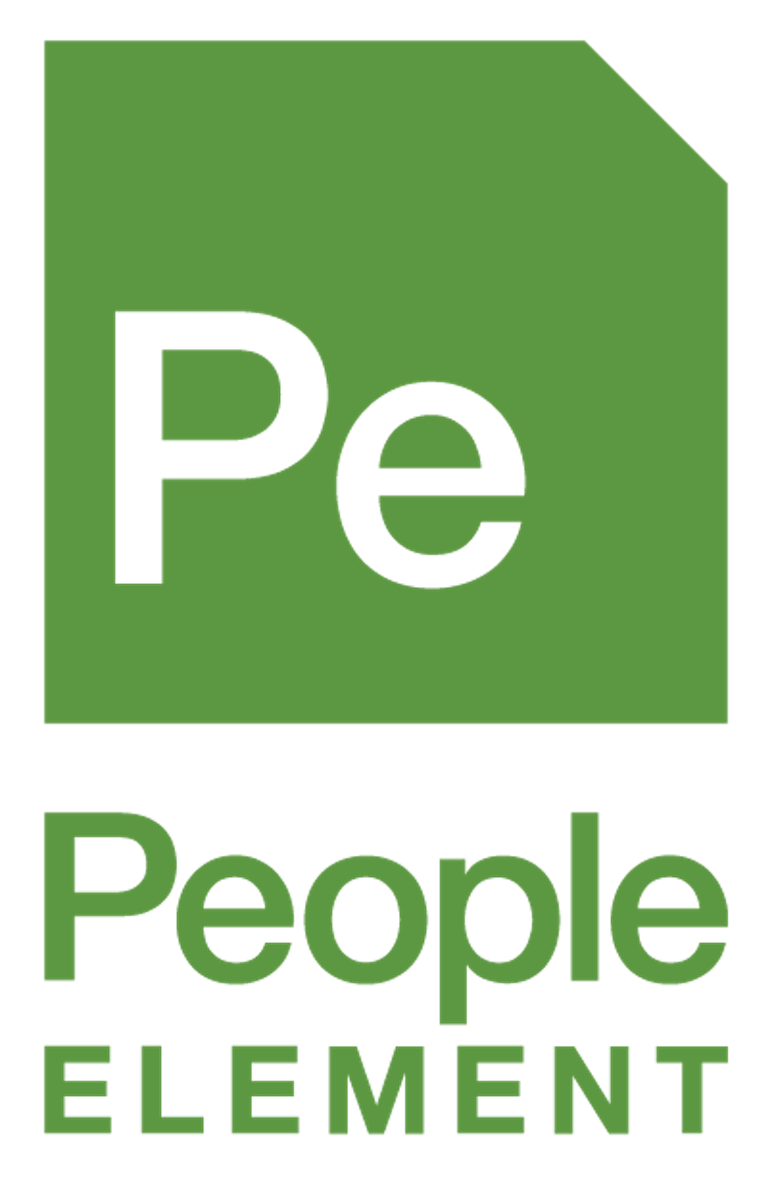How Workforce Planning Impacts Success
If there is an unsung hero of organizational success, it’s workforce planning. Proactive people planning lets you anticipate skill gaps before they become chasms, while building talent pipelines for future leaders. It ensures you have the right people with the right skills in the right roles, at the right time, regardless of the size of your organization.
Small startups need workforce planning to be agile and ready to scale up quickly. Larger companies benefit from robust plans to handle retirements, changing technologies, and evolving market demands.
From anticipating trends to investing in retraining, workforce planning allows companies of any size to proactively identify these shifts, adapt their talent strategies and stay ahead of the curve.
Understanding HR Workforce Planning
According to the National Institutes of Health, workforce planning consists of six distinct stages, each with its own focus. They are:
- Strategic Direction: Understanding the key goals and future objectives set by leadership and how the workforce needs to be aligned to achieve them.
- Supply Analysis: Recognizing the current workforce and how it is projected to change over time due to attrition and other trends.
- Demand Analysis: Digging into the organization’s current and future workforce requirements.
- Gap Analysis: Understanding the gaps between workforce demand and supply and defining top priority gaps with the greatest impact on organizational performance.
- Solution Implementation: Actualizing the appropriate workforce interventions and activities to close identified workforce gaps and enable your organization to meet its strategic goals.
- Monitoring Progress: Monitoring the performance of solutions and their impact and continuously improving the solutions to maximize their effectiveness.
Moving strategically through each of these stages helps align your people with your broader business aspirations. The critical process ensures not only the right people are in the right roles, but also that your talent pool supports your long-term vision and goals. By integrating vision with trends and objectives, organizations can not only reduce turnover & recruitment costs, but also increase productivity, performance, agility and preparedness.

Assessing Current Workforce Needs
Assessing your current workforce needs sets the fundamental groundwork for effective workforce planning. It involves asking the right questions about current skill gaps, employee engagement and team performance.
For instance, where does your existing talent pool fall short? Are there critical skills missing or needing development? In terms of employees, how satisfied and motivated are they? Are there areas where improvements can boost retention and reduce turnover costs? In regards to productivity and performance, are your teams operating at their optimal capacity? Can adjustments in roles or responsibilities enhance efficiency and output? It also helps to think about demographics, including whether your age distribution is balanced for both short-term needs and long-term stability. Are there diversity gaps that need to be addressed?
By taking a comprehensive look at your current workforce, you gain a clear picture of its capabilities and limitations. This critical self-assessment empowers you to tailor your workforce planning strategy, ensuring you invest in the right areas and build a talent pool that supports organizational goals.
Build a Comprehensive Talent Acquisition Strategy
With your current workforce analysis complete, you can craft a talent acquisition strategy for future staffing requirements. Think of it as building a talent magnet, drawing in the ideal individuals who not only fill present gaps but also contribute to your long-term vision. For starters, be a future-first recruiter. Anticipate your skill needs ahead of time, building talent pipelines through strategic partnerships with universities, professional networks, and diversity-focused programs.
Then, prioritize diversity and inclusion from the get-go. Build a talent acquisition strategy that actively seeks diverse perspectives and experiences, reflecting the communities you serve. A proactive talent acquisition strategy that prioritizes diverse talent isn’t just about filling roles; it’s about building a vibrant, adaptable workforce that fuels innovation, creativity, and long-term success. By embracing a “future-first” approach and actively fostering diversity, you set the stage for an organization that attracts, retains, and empowers top talent.
Leverage Employee Engagement Platforms
Employee engagement platforms have become game-changers for HR leaders. These digital hubs act as two-way communication channels, offering HR valuable insights into employee sentiment and fostering a culture of feedback and engagement. Employees can voice their opinions, concerns, and ideas in a safe and convenient space while HR can proactively address concerns.
Platforms for employee engagement go beyond collecting data to offer avenues for action. By empowering employees to share ideas and participate in decision-making processes, they cultivate a sense of ownership and commitment, leading to increased engagement and motivation. This translates to improved communication, collaboration, and ultimately, improved performance and retention.

Succession Planning and Talent Development
To truly secure long-term stability and growth, organizations must focus on succession planning. While external recruitment can inject fresh perspectives, a robust succession plan prioritizes internal talent. The process involves identifying critical roles and investing in talent development that ensures a pipeline of qualified candidates for future needs.
Through mentorship programs, targeted training initiatives, and cross-functional assignments, you can equip high-potential employees with the skills and experience needed to succeed in future leadership roles. This proactive approach minimizes disruption and promotes continuity, allowing institutional knowledge to seamlessly transition between generations.
In addition to filling vacancies, succession planning also fosters a culture of learning and development. The promise of internal growth opportunities boosts employee engagement and retention, attracting and retaining top talent who see a clear path to advancement within your organization. Loyalty and commitment are cultivated as employees feel valued and invested in their long-term future with the company. By investing in talent development and fostering an internal culture of growth, you also ensure a smooth transition of power and safeguard institutional knowledge.
Build a Better Workforce with Employee Engagement Solutions
Ultimately, creating a successful HR strategy encompasses six strategic phases that will look different for every organization. It starts with assessing your current workforce needs, both now and in the future, and then crafting a talent acquisition strategy tailored to meet future goals and needs. Augment your efforts with internal succession planning and the support of an employee engagement platform which taps into the collective experience of employees, customers, and stakeholders, create value and drive positive change.
More about People Element
In order to truly understand and inspire your employees, you must listen and engage them at every step of their journey with your organization. Regardless of where your people are at in the employee journey, People Element’s employee survey platform can help you connect. They make it easy to ask, listen and act on what matters most, resulting in a healthier, more successful workplace. Request a demo today.




